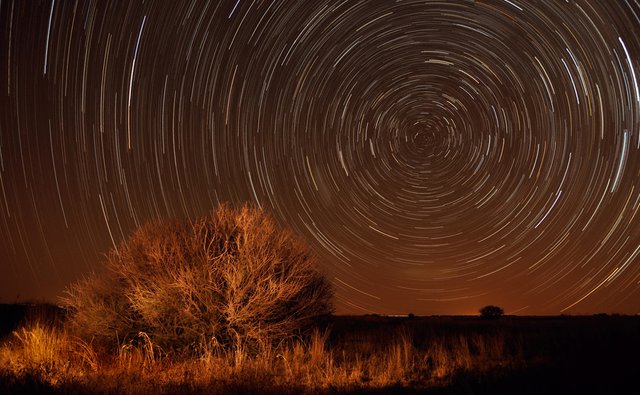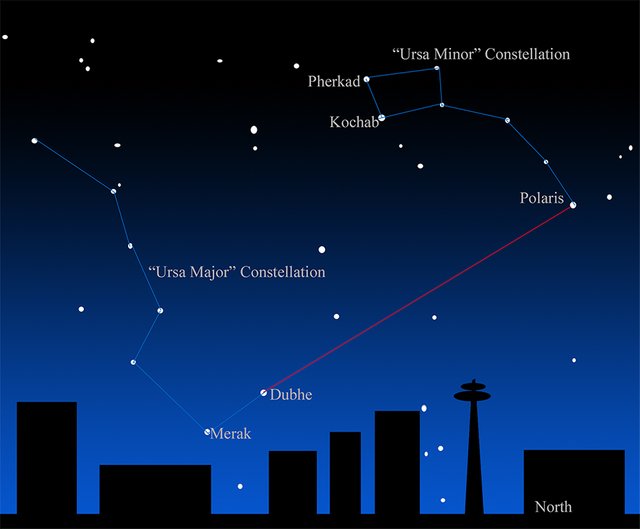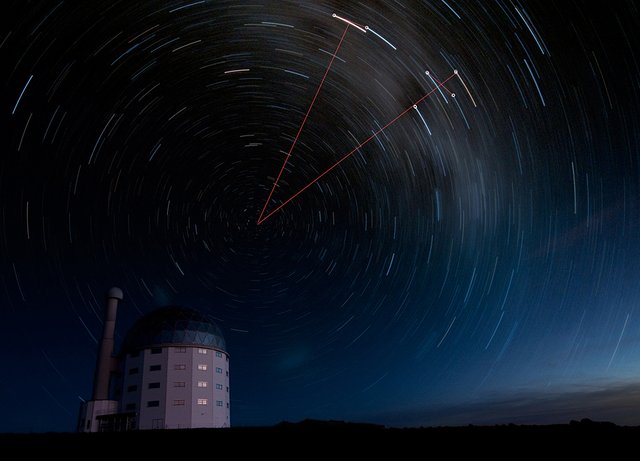People who know me and those following my blog are aware of the fact that I love star trail photography. I've been photographing star trails for at least 20 years with success (and longer if you count the years of failures into account...).
Over the years I have done several talks, and even one in Chinese, about star trail photography. I've created a cheat sheet that is available on my website but decided that it will be a good idea to convert one of my talks into a more comprehensive guide to star trail photography.

Due South
Star trail photography utilises long exposure times to capture the apparent motion of stars in the night sky due to the rotation of the earth. A star trail photograph shows individual stars as streaks across the image, with longer exposures resulting in longer streaks.
Star trail photographs are evidence of the rotation of the Earth on its axis. The motion of the earth is recorded as streaks of the stars. In the northern hemisphere, aiming the camera towards the north celestial pole creates an image with concentric circular streaks centred on the north celestial pole (very close to the star Polaris). In the southern hemisphere, this same effect is achieved by aiming the camera towards the south celestial pole. Aiming the camera towards the east or west will create down-pointing lines that are angled with respect to the horizon. The size of the angle depends on the photographer's latitude.
How to find the celestial pole
Wikipedia describes the celestial poles as follows: “The north and south celestial poles are the two imaginary points in the sky where the Earth's axis of rotation, indefinitely extended, intersects the imaginary rotating sphere of stars called the celestial sphere. The north and south celestial poles appear permanently directly overhead to an observer at the Earth's North- and South Poles respectively. As the Earth spins on its axis, the two celestial poles remain fixed in the sky, and all other points appear to rotate around them, completing one circuit per day.”
The north celestial pole
For photographers in the northern hemisphere finding the north celestial pole is much simpler than finding the south celestial pole in the southern hemisphere. In the northern hemisphere, there is a relatively bright star called Polaris which is very close to the northern celestial pole. Polaris is at the end of the constellation Ursa Minor (Latin for "Smaller Bear"), also known as the Little Bear. Like the Great Bear, the tail of the Little Bear may also be seen as the handle of a spoon, hence the other name Little Dipper. It was one of the 48 constellations listed by the 2nd-century astronomer Ptolemy and remains one of the 88 modern constellations.

Finding the North Celestial Pole
points directly towards Polaris.
The south celestial pole
Photographers in the southern hemisphere are not so lucky to have a bright star indicating the south celestial pole. To find the south celestial pole you need to use more pointers and even then it will end up being guesswork.
To find the south celestial pole, we make use of two constellations, namely the Southern Cross and the two brightest stars in the constellation Centaurus;
Extend a line through the long axis of the Southern Cross (about 4.3 times the length of the long axis). At the same time, draw an imaginary line between the two bright stars of the Centaurus constellation (alpha and beta Centauri). From the middle of this line, draw a perpendicular line towards the extended line from the longest axis of the Southern Cross. You will find that these two lines will meet each other eventually. This point is close to the south celestial pole.

South Africa Large Telescope (S.A.L.T.)
Finding the South Celestial Pole
In the next edition, I will talk about composing a star trail photo.